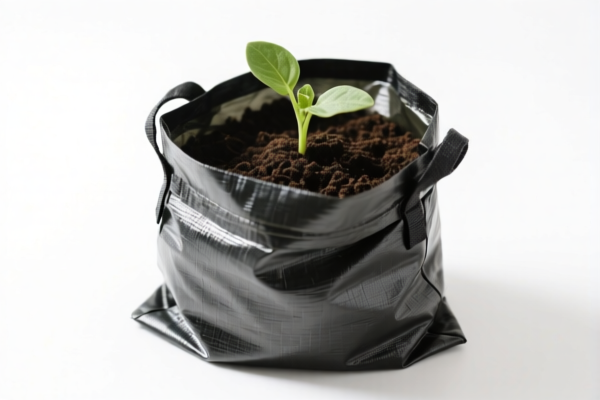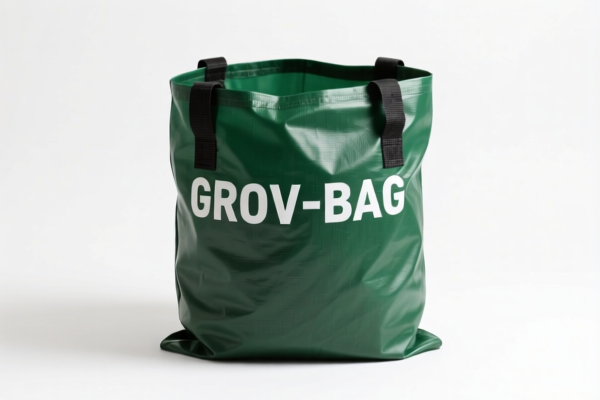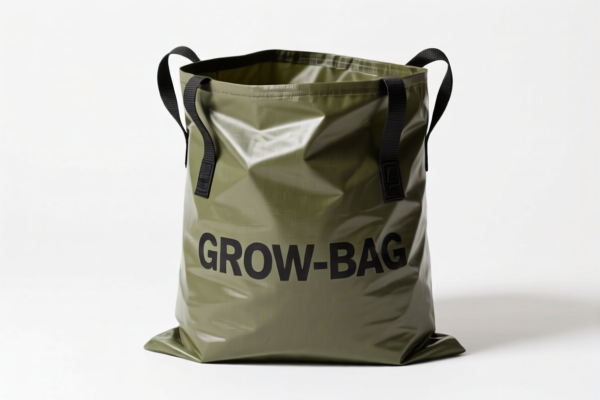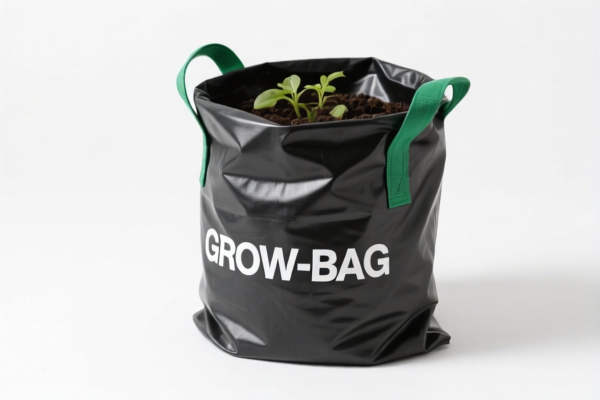| HS Code | Official Doc | Tariff Rate | Origin | Destination | Effective Date |
|---|---|---|---|---|---|
| 3926909989 | Doc | 42.8% | CN | US | 2025-05-12 |
| 6305900000 | Doc | 43.7% | CN | US | 2025-05-12 |
| 4602900000 | Doc | 58.5% | CN | US | 2025-05-12 |




Okay, let's break down the HS codes and tax implications for your "GROW BAGS" declaration. Here's a structured analysis to help you understand the classification and potential costs:
Understanding HS Codes: A Quick Primer
HS codes (Harmonized System codes) are internationally standardized codes used to classify traded products. The first 6 digits are generally consistent worldwide, while additional digits can vary by country. Here's what the digits typically represent:
- Chapter (First 2 digits): Broad category of the product.
- Heading (First 4 digits): More specific classification within the chapter.
- Subheading (First 6 digits): Even more detailed classification.
- Additional Digits: Country-specific for further detail (e.g., material, function).
Analysis of Your HS Codes
Let's examine each code provided:
1. HS Code: 3926.90.99.89 – "Other articles of plastics and articles of other materials of headings 3901 to 3914: Other: Other Other"
- Chapter 39: Plastics and articles thereof. This suggests your grow bags could be made of plastic.
- Heading 3926: Other articles of plastics and articles of other materials. This is a broad category for plastic items not specifically covered elsewhere.
- Subheading 3926.90: Other. This indicates the grow bags don't fit into more specific plastic categories.
- Additional Digits (99.89): Further specifies the type of "other" plastic article.
- Tax Implications:
- Basic Duty: 5.3%
- Additional Duty: 7.5%
- Post April 2, 2025: Additional Duty increases to 30%
- Total Tax: 42.8%
2. HS Code: 6305.90.00.00 – "Sacks and bags, of a kind used for the packing of goods: Of other textile materials (899)"
- Chapter 63: Other made up textile articles; sets made up in the textile industry.
- Heading 6305: Sacks and bags, of a kind used for the packing of goods. This suggests the grow bags are made of textile materials.
- Subheading 6305.90: Of other textile materials.
- Additional Digits (00.00): Further specifies the textile material.
- Tax Implications:
- Basic Duty: 6.2%
- Additional Duty: 7.5%
- Post April 2, 2025: Additional Duty increases to 30%
- Total Tax: 43.7%
3. HS Code: 4602.90.00.00 – "Basketwork, wickerwork and other articles, made directly to shape from plaiting materials or made up from articles of heading 4601; articles of loofah: Other"
- Chapter 46: Manufactures of straw, esparto or other plaiting materials; basketwork, wickerwork, raffia products.
- Heading 4602: Basketwork, wickerwork and other articles. This suggests the grow bags are made from natural plaiting materials.
- Subheading 4602.90: Other.
- Additional Digits (00.00): Further specifies the type of "other" basketwork.
- Tax Implications:
- Basic Duty: 3.5%
- Additional Duty: 25.0%
- Post April 2, 2025: Additional Duty increases to 30%
- Total Tax: 58.5%
Recommendations & Important Considerations:
-
Material is Key: The primary material of your grow bags will determine the correct HS code. Are they predominantly plastic, textile, or natural plaiting materials (like straw or wicker)?
-
Detailed Product Description: Provide a very detailed description of the grow bags to customs. Include information about:
- Material composition (percentages if possible)
- Construction method (woven, non-woven, etc.)
- Intended use (specifically for growing plants)
- Any coatings or treatments applied
-
Post April 2, 2025 Duty Changes: Be aware of the significant duty increases scheduled for April 2, 2025. Factor this into your cost calculations if you anticipate importing after that date.
-
Certifications: Depending on the material and intended use, you may need certifications (e.g., plant health certificates, material safety data sheets). Check with your importer and the destination country's customs regulations.
-
Single Declaration: If you have multiple types of grow bags with different materials, consider declaring them under separate HS codes for accuracy.
-
Importer's Expertise: Work closely with your importer. They should have experience with these types of goods and can help you select the most appropriate HS code and navigate the import process.
Disclaimer: I am an AI assistant and cannot provide definitive customs classification advice. This information is for general guidance only. Always consult with a qualified customs broker or the customs authority in the destination country for accurate and up-to-date regulations.
Customer Reviews
The detailed analysis of the duty rates and the warning about the 2025 changes was useful. It’s a bit overwhelming, but the info is accurate and well-organized.
The explanation of HS Code 4602.90.00.00 for natural materials like wicker was exactly what I needed. Great resource for understanding the higher duty rates.
I found the info on the 43.7% tariff for textile-based grow bags (HS Code 6305.90.00.00) very helpful. It clarified the costs for my product line.
The breakdown of HS Code 3926.90.99.89 was really clear. It helped me understand the tax implications for plastic grow bags exporting to the US.